Author: dzornoboa
-
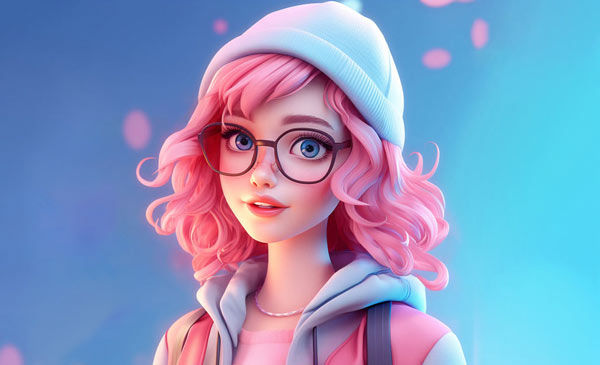
Short Story (Harmony Haven)
In the bustling city of Harmony Haven, where the pace of life moved as swiftly as the flowing river that cut through its heart, there lived a young woman named Maya.
-
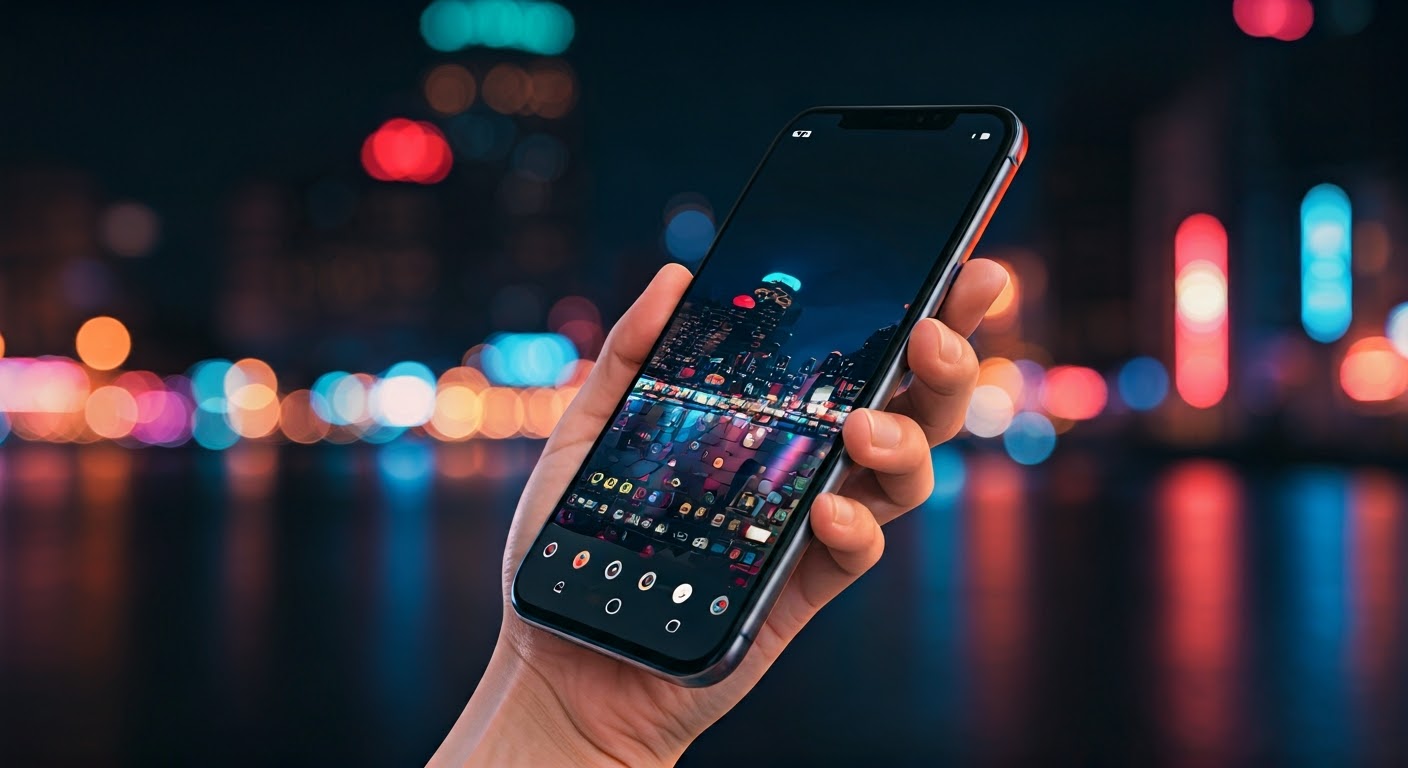
Algorithms with an Eye for Aesthetics
AI-driven art tools like DALL·E, Midjourney, and Artbreeder have revolutionized how visuals are imagined and produced. These systems use deep learning to understand styles, themes, and composition, generating stunning images from just a few lines of text. Want a portrait in Van Gogh’s style or a surreal cityscape dripping in neon and fog? Just describe…
-

Ghosttears: A Haunting Journey Through Memory, Emotion, and Mystery
In a gaming world flooded with fast-paced action and formulaic plots, Ghosttears stands out as a beautifully crafted experience that blends emotion, mystery, and art into an unforgettable adventure. Developed by the creative minds behind Dzornoboa and Bloombyte, Ghosttears is more than just a game—it’s an introspective narrative wrapped in haunting visuals and atmospheric storytelling.…
-
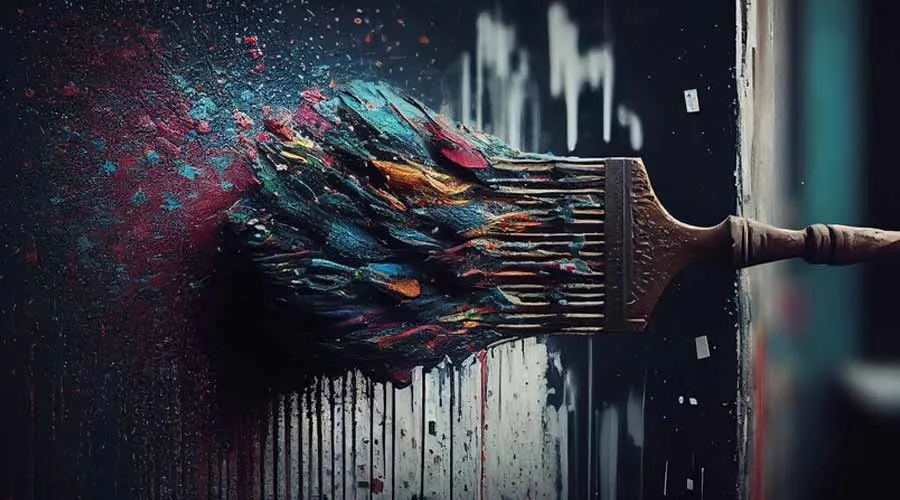
The Intersection of Art and AI: From Pixels to Paintbrushes
The fusion of artificial intelligence and art is transforming the creative world, blurring the lines between human imagination and machine intelligence. What was once a realm reserved for human emotion, intuition, and expression is now being expanded by algorithms and neural networks. From generating portraits to composing music, AI is becoming a collaborator in the…
-

Balancing Innovation and Environmental
In a world racing toward digital transformation, the tech industry faces a pressing challenge—how to innovate without harming the planet. From energy-hungry data centers to short device life cycles, technology’s environmental footprint is growing. But change is underway. Green innovation is driving a shift. Tech giants are investing in renewable energy, carbon-neutral operations, and sustainable…
-
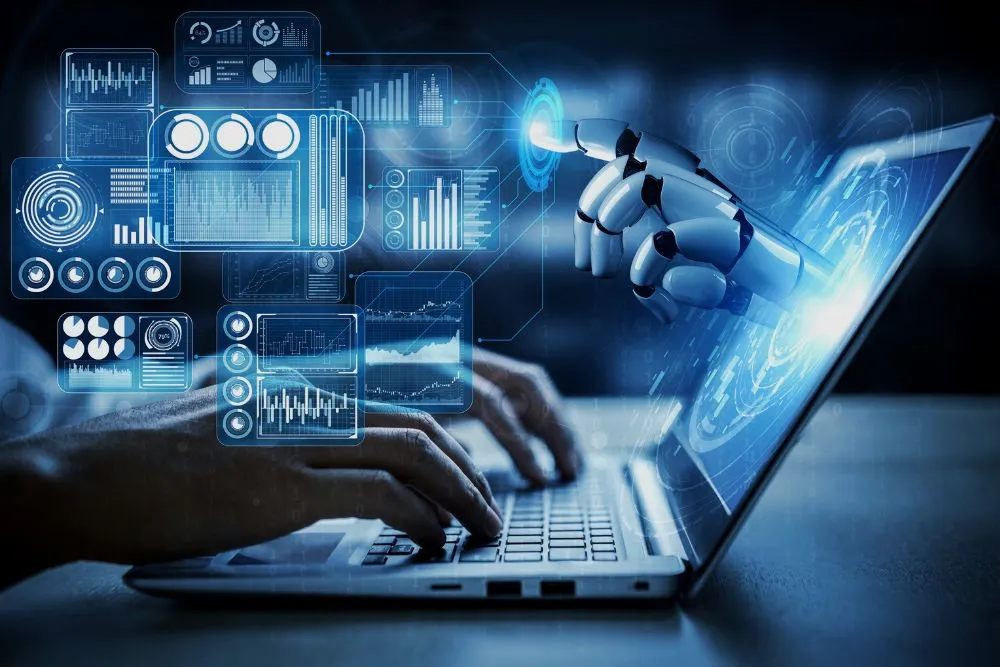
Programming is not just a technical skill—it’s an art form.
When people think of programming, words like logic, algorithms, and efficiency often come to mind. Yet, beneath the surface of syntax and functions lies a subtler, often overlooked truth: code can be beautiful. In much the same way a painter layers strokes on a canvas or a poet crafts verses, a programmer weaves logic and…
-

Fashion Forecasting and Trend Analysis
The fashion industry, known for its dynamic trends, creativity, and ever-changing landscape, has always been at the forefront of innovation. From high-end couture to streetwear, the industry has seen shifts and transformations throughout history. However, in recent years, a new force has emerged, quietly but powerfully shaping how we design, produce, market, and consume fashion:…
-

Learning from Nature’s Blueprints
In the ever-evolving world of technology, nature has long served as both an inspiration and a guiding force. From the design of more efficient machines to the development of sustainable energy solutions, nature has had a profound impact on the technological innovations that shape our modern world. This symbiotic relationship, often referred to as biomimicry,…
-
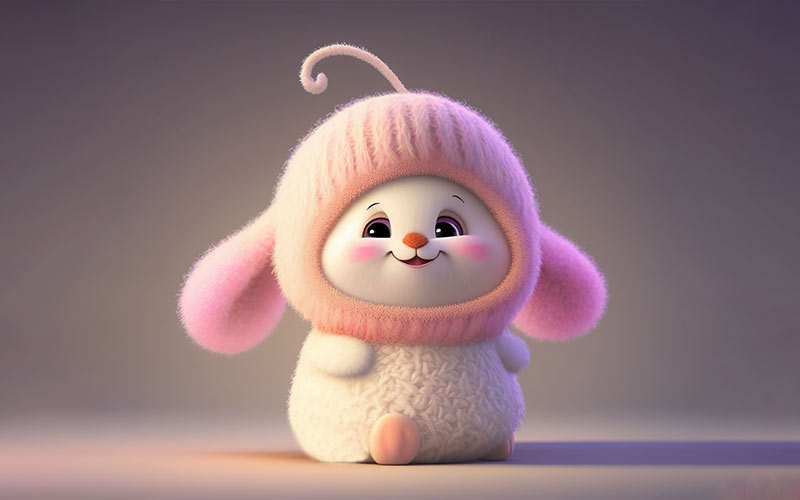
The Role of Technology in Modern Art
In an age where technology continuously pushes the boundaries of what is possible, the fusion of art and tech is reshaping the creative landscape. This powerful convergence of artistic expression and technological innovation has given birth to new mediums, forms of storytelling, and interactive experiences, offering artists and creators a wider canvas to work with.…
